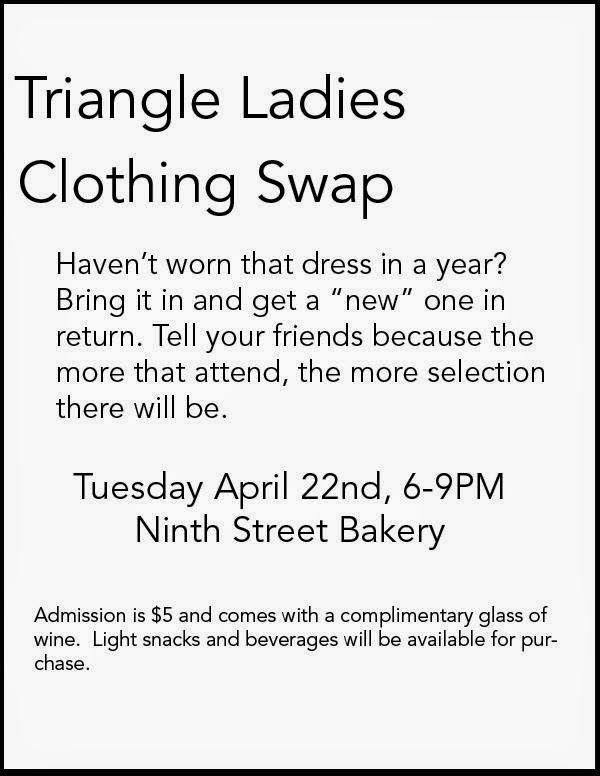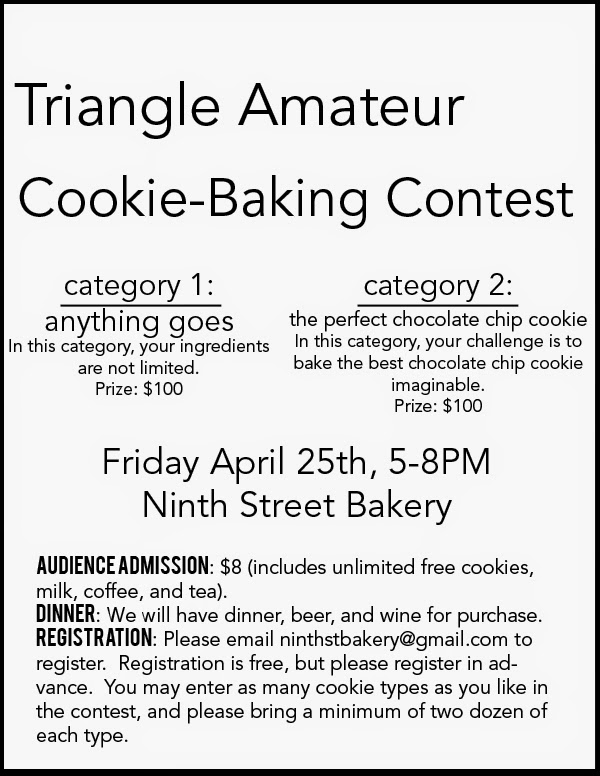At the bakery, we are often in dialogue of what makes food taste good, especially when making comparative judgements ("Why is this wine better than that wine? Why is this falafel better than that falafel?").
I would argue to use a new perspective for this purpose adopted from Gilles Deleuze called
intensity.
The best way that I could define intensity as Deleuze uses it to emphasize its properties of
dimensionality. With a good wine, (multiple) dimensions are encurled such that infinite space can exist within a droplet of alcohol. Conversely, one might say that a poor wine is flat or monodimensional or "one-note". Perhaps that is too simplistic but that is the heart of it. When your palate searches for taste in a food, it can either open up or close off experience. Tastes like umami are something like pure intensity - the fermentation process has turned a common salted soybean into an addictively satisfying gold.
Deleuze speak of the contents of an egg as containing intensities - all the genetic code and nutrients necessary to form a chick are contained within the shell, but in the early goings of incubation, there is nothing discernably chick-like if you were to crack it open. Thus, all the dimensions which will uncurl to create a chicken (or a snake, or a dinosaur) are enfolded microscopically within what appears to be absolute uniformity/consistency.
As Deleuze says, the egg is "defined by axes and vectors, gradients and thresholds, by dynamic tendencies involving energy transformation and kinematic movements involving group displacement, by migrations: all independent of accessory forms because the organs appear and function here only as pure intensities."
Deleuze





